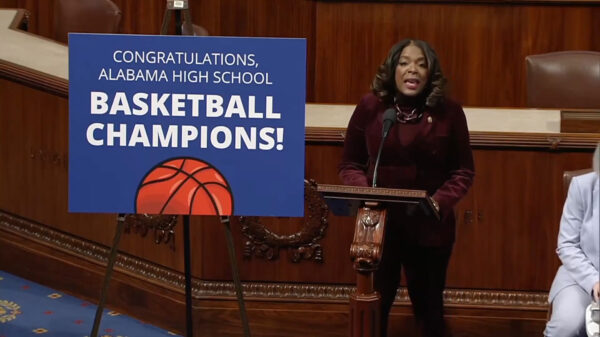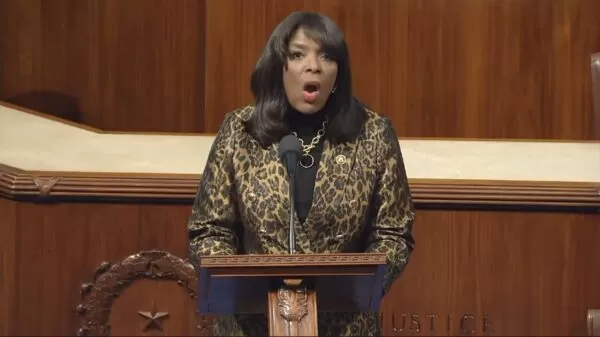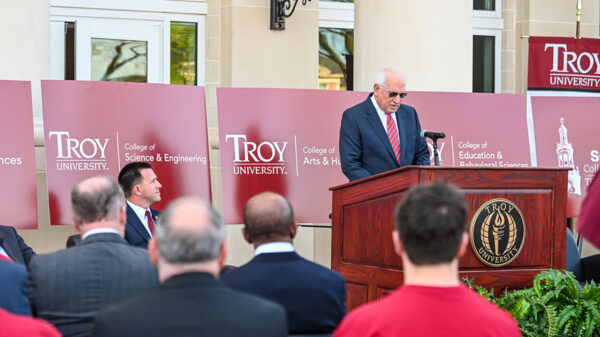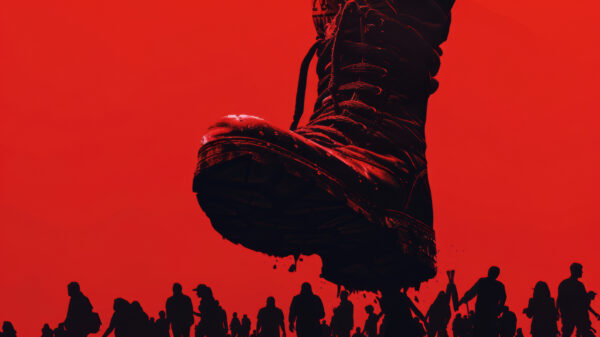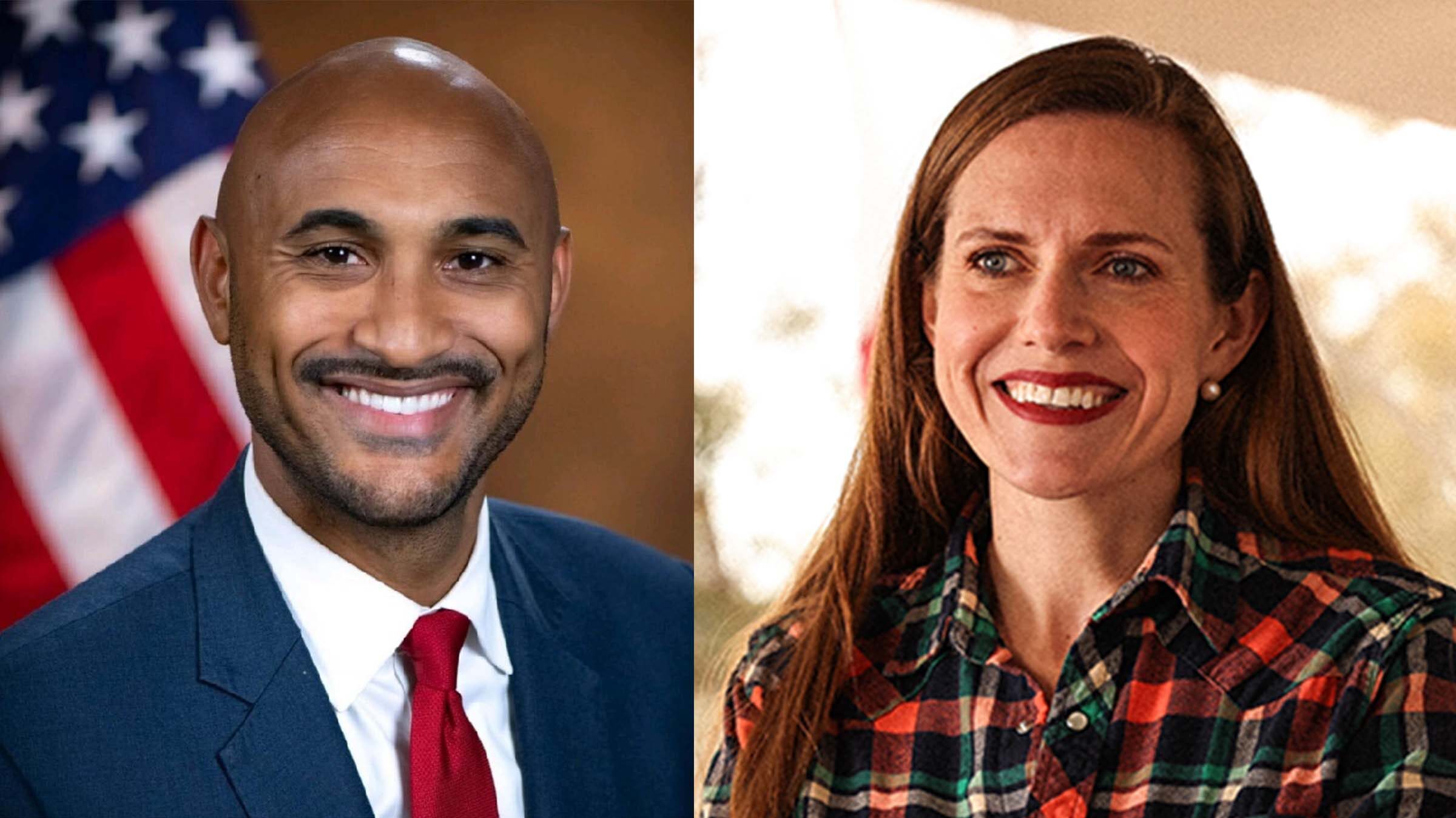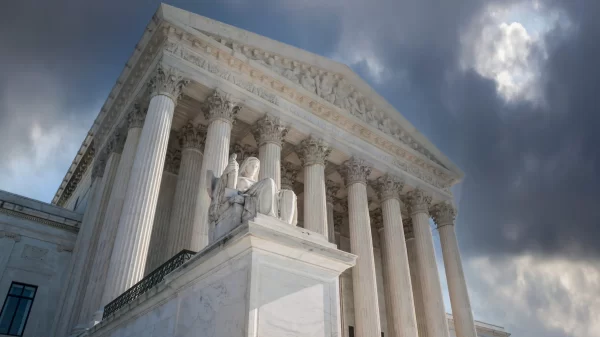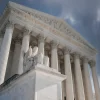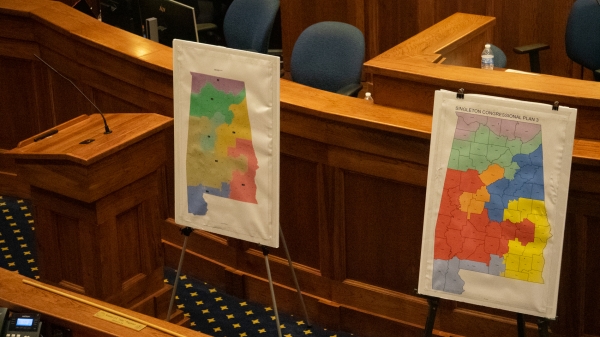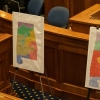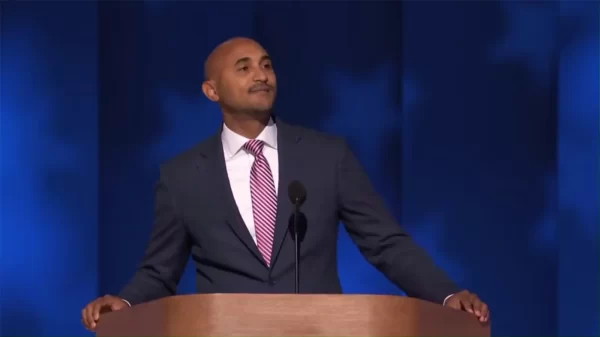|
Getting your Trinity Audio player ready...
|
Last year, the U.S. Supreme Court ruled that the Alabama state legislature’s congressional map was gerrymandered, violating the Voting Rights Act by disadvantaging Black Alabamians. Despite making up 27 percent of the state’s population, the candidates preferred by Black voters only saw consistent success in one of the state’s seven congressional district since 2011.
Despite repeated attempts to avoid redistricting, Alabama’s GOP leadership was ultimately forced to redraw the congressional map — twice — after SCOTUS sided with a panel of three federal judges who called for a second majority-Black district or “something quite close to it.” That redrawn map resulted in a new 2nd Congressional District that empowered Black voters in the state.
Last week, Shomari Figures, D-Mobile, beat out his Republican opponent Caroleene Dobson to win that seat. Figures — the son of civil rights leader Michael Figures and Alabama State Senator Vivian Figures — will now be the state’s second Black member set to serve in the U.S. House of Representatives in 2025. This will mark the first time in the state’s history that it will have two Black members of Congress serving simultaneously.
However, some leaders in the state Republican Party are already looking to reconfigure the 2nd Congressional District yet again in response to Dobson’s loss.
“I can tell you that there is talk and it’s not going to go away,” said Terry Lathan, former chair of the Alabama Republican Party. “An election might be two years from now, but that does not mean our legislature might not take another look at it. It does not mean that we have to not file court cases and go to court over it.”
Although the new district was drawn specifically with the intent to increase political equity in the state, Lathan claimed that the district lines, drawn by an independent court-appointed official, were “odd.”
“I don’t know that it went wrong as much as the lines, the way the courts drew the lines,” Lathan said Tuesday, appearing to blame Dobson’s loss on the way the district was redrawn. “I don’t think we’re finished with this. But you have to accept the outcome of the race. It was very oddly drawn lines for CD-2.”
U.S. Rep. Jerry Carl, R-Mobile, has also criticized the new district lines as being impractical.
“It’s just about impossible for anyone in District 1 and District 2, both, to do the district justice,” Carl said after a speaking event Thursday. “You can’t serve two masters.”
“Dothan is so much different than Mobile, and vice versa. It will be hard for anyone in this (1st congressional) district to serve two masters,” Carl continued. “Shomari will have the same problem (in congressional District 2) serving between Montgomery and Mobile. Looking at projects in Montgomery, Mobile will feel left out and vice versa. It’s the nature of the beast.”
State Sen. Steve Livingston, R-Scottsboro, a sponsor of the failed map which the legislature proposed following the 2023 SCOTUS ruling, hesitated to echo his colleagues concerns. “Let’s let it run its course of action in the courts, and then we’ll see where we are,” Livingston said.
Jeannie Negrón Burniston, the Communications Director for the Alabama Republican Party, told AL.com that the party had “not heard anything concerning redistricting in the legislature.”
Questions remain about the future of Alabama’s congressional map. The 2023 SCOTUS ruling was only a preliminary injunction, allowing for the court-drawn map drawn to be used in this year’s elections. Moving forward, it is possible that federal judges in the U.S. District Court for the Northern District of Alabama will decide to redraw the district lines once more.
The relevant legal case — Milligan v. Allen — is ongoing and will likely go to trial in 2025. Former U.S. Attorney General Eric Holder compared Alabama’s fight against redistricting to voting rights backlash during the Civil Rights era.
“State officials here in Alabama fought all along the way to not put into effect that which the very conservative Supreme Court interpreted of the 1965 Voting Rights Act, which is the crown jewel of the Civil Rights movement,” Holder said while he campaigned with Figures ahead of Election Day. “(Alabama officials tried to) push back against the very conservative Supreme Court in a way that echoed which occurred from Alabama back in the 60s. It’s almost a resistance … that is what gives me concern.”





















